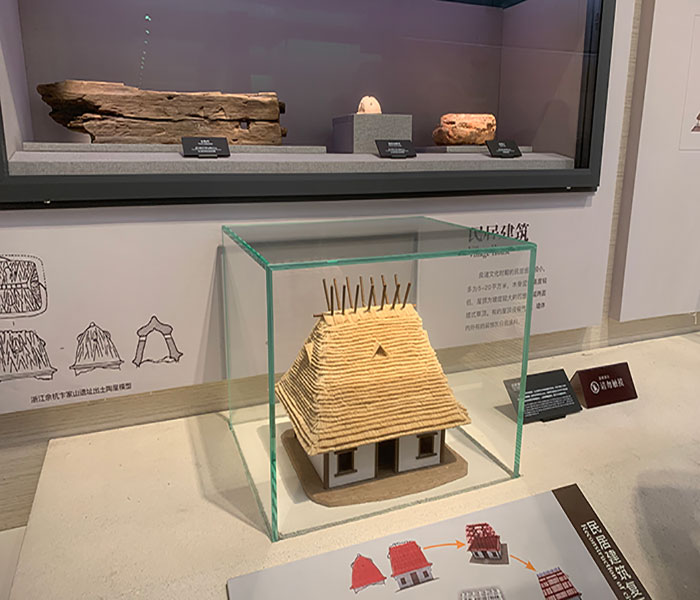In the planning and construction of modern cities, energy conservation, emission reduction, and sustainable development have become core issues. With the progress of science and technology and the enhancement of environmental protection awareness, various new materials are constantly being developed to cope with the increasingly severe energy problems. Among them, low-reflective glass, as a new type of energy-saving material, has attracted wide attention in the construction field with its unique performance and application advantages. In this paper, we will discuss the R&D background, technical characteristics, application scenarios, and the important role of low-reflective glass in promoting energy saving and consumption reduction in cities.
Firstly, the R&D background of low-reflective glass is closely related to the global concern about energy consumption. Traditional building materials, such as ordinary glass, bring light and visual transparency but also to a large amount of energy loss. The high reflectivity of ordinary glass tends to create light pollution and increase the temperature difference between indoors and outdoors, thus making air conditioning and heating systems consume more energy. Therefore, scientists and engineers are committed to developing a new type of glass material that can meet the demand for light while reducing energy loss, and low-reflective glass was born.
The technical characteristics of low-reflective glass are mainly reflected in its surface treatment. Through a special coating process, low-reflective glass can effectively reduce the reflectivity of light, reducing light pollution, and can also reduce the transmission rate of ultraviolet and infrared rays, thus reducing the indoor objects of the sun aging and indoor temperature rise. In addition, this glass has desirable scratch resistance and chemical resistance, making it more durable and easier to maintain.

In terms of application scenarios, low-reflective glass is widely used in the exterior and interior of commercial buildings, residential areas, museums, exhibition halls, and other buildings. In commercial buildings, the use of low-reflective glass not only reduces light pollution to the surrounding environment but also improves the indoor working environment and reduces energy consumption for lighting and air conditioning. In residential areas, low-reflective glass can provide a more comfortable living experience while reducing energy consumption. For places with high light requirements, such as museums and exhibition halls, low-reflective glass can effectively protect exhibits from UV and infrared damage.
In terms of promoting energy saving and consumption reduction in cities, the application of low-reflective glass brings significant benefits. Firstly, it helps to reduce the overall energy consumption of buildings, especially in hot summer and cold winter, low-reflective glass can effectively regulate the temperature difference between indoors and outdoors, reducing the use of air-conditioning and heating, to achieve the purpose of energy saving and emission reduction. Secondly, the use of low-reflective glass can also mitigate the urban heat island effect, reduce urban temperatures, and improve urban microclimate. In addition, it helps to enhance the aesthetics and privacy of buildings, enriching the diversity of architectural design.
However, the development and application of low-reflective glass also face some challenges. For example, the relatively high production cost may affect its competitiveness in the market; the long-term stability and durability of the coating technology also need to be further researched and improved; in addition, the relevant standards and specifications are not yet perfect, and joint efforts of the industry are needed to develop uniform standards to guide production and application.
In summary, as an emerging energy-saving building material, low-reflective glass not only has desirable optical properties and environmental characteristics but also shows great energy-saving potential in practical applications. With the continuous progress of technology and the gradual reduction of cost, low-reflective glass is expected to become an important material for future urban construction, providing a new choice for realizing green and energy-saving urban development goals.





